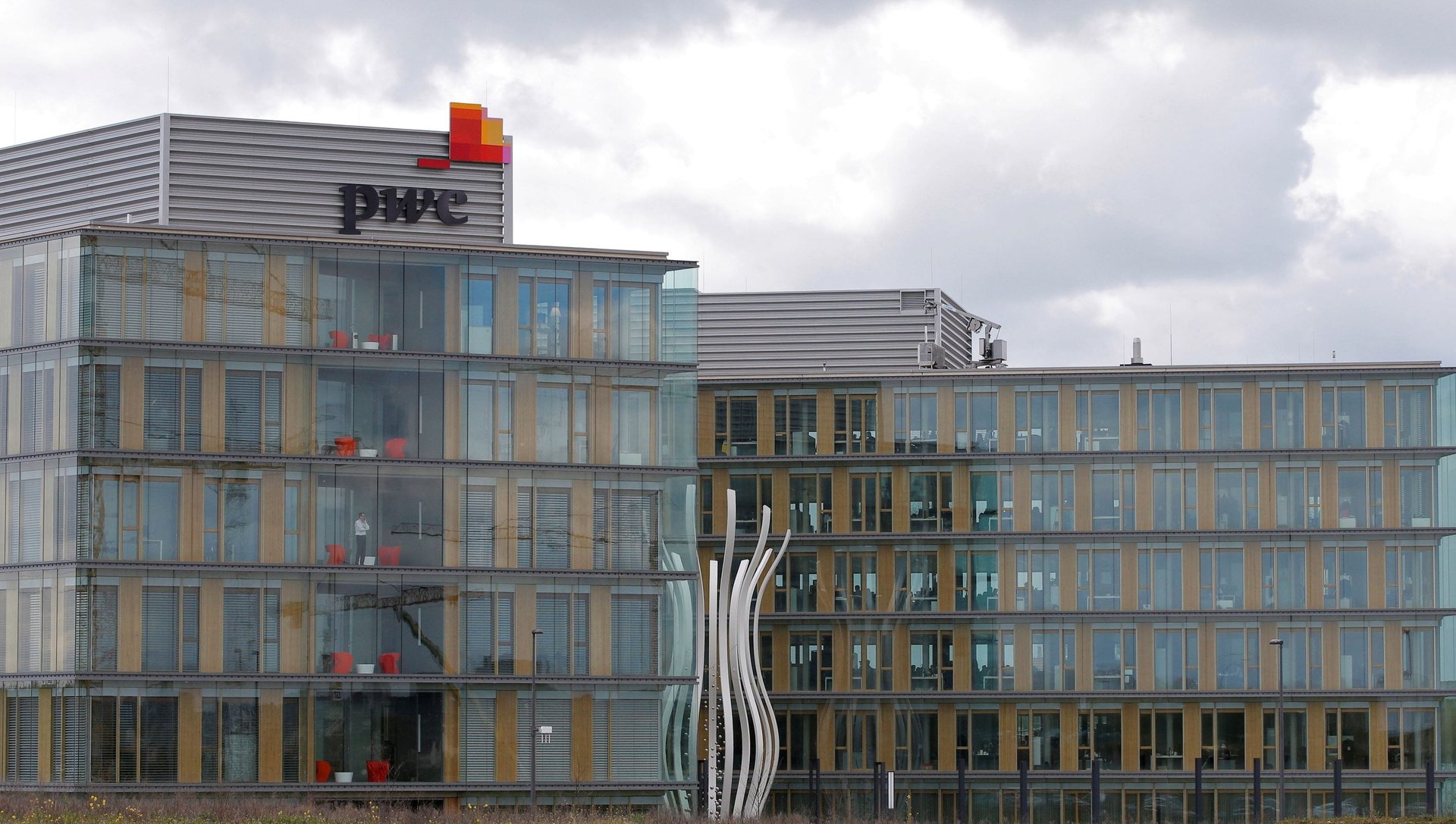To narrow its gender pay gap, PwC is banning all-male candidate slates in the UK
UK companies with more than 250 employees are now required to disclose any pay difference between male and female employees, part of a new government initiative based on the hope that revealing embarrassing gaps might prod them toward action.


UK companies with more than 250 employees are now required to disclose any pay difference between male and female employees, part of a new government initiative based on the hope that revealing embarrassing gaps might prod them toward action.
It appears to be working. PwC, one of the Big Four accounting companies, announced it would prohibit hiring managers from assembling all-male slates of candidates for senior roles in the UK, the Daily Mail reported. The company also is looking at banning all-male interview panels, another mechanism for addressing corporate gender bias.
The move is in part an effort to address a 33% gap in average hourly pay between the firm’s men and women. As with other companies with large, white-collar workforces, the gap at PwC is driven by the scarcity of women in senior positions. Only 37% of employees in the highest-paid quartile are women, according to PWC’s government filing.
While the firm eventually may have realized it needed to do something without being forced to reveal its numbers publicly, its decision seems to validate the idea that some government intervention is necessary to address corporate gender imbalances. Those approaches can include modest measures like prohibiting pay secrecy laws and banning interviewers from asking about prior salaries, to more vigorous efforts like setting quotas for female board members, as some European countries have done.
Those quotas—initially derided for fear they would force unprepared women into board roles—appear to be working, as companies and their executive recruitment agencies are digging deeper into organizations to unearth and elevate potential board candidates.
Of course, even the best-intentioned policies don’t always work. This year, the Bank of England had a vacancy on its rate-setting monetary policy committee, constituted of eight men and one women, and actively recruited 44 women economists to apply, according to the BBC. Ultimately, four women and one man made the final cut. The man was hired.